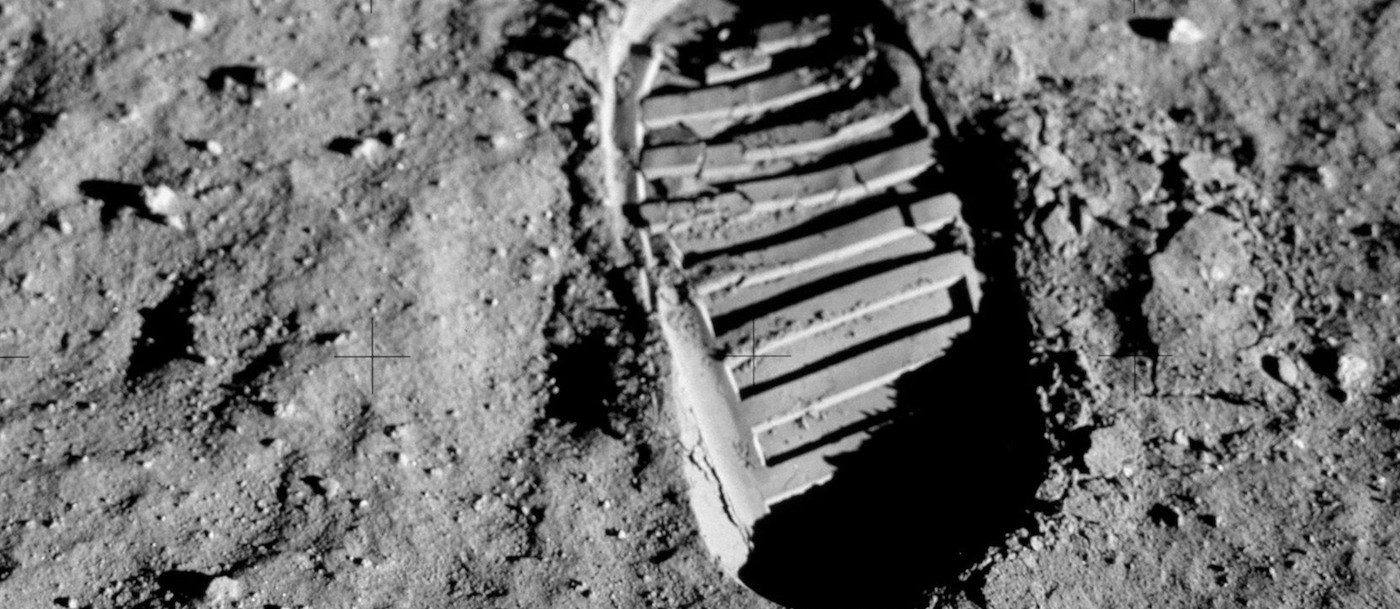
Space Race
The space race was a competition between the United States and the Soviet Union for domination in spaceflight. Although the space race pioneered some outstanding space exploration moments, it was primarily motivated by the political climate of the cold war. In the beginning the Soviet Union dominated the United States in the space race. Later the USA gained lost ground and eventually surpassed the Soviets with the Apollo program, the American moon landings.
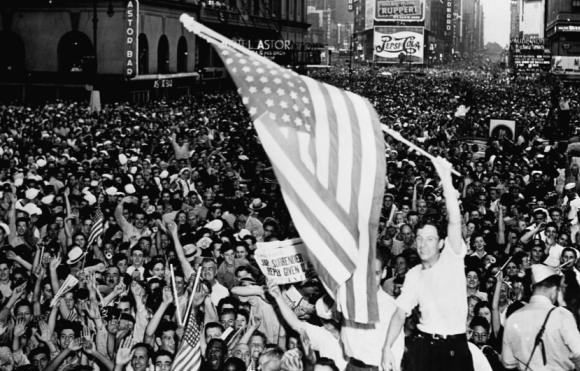
1 of 2
Following the end of World War II, two nations rivaled each other for global dominance: the Soviet Union and the United States. One of the major areas in which the two countries sought to outdo each other was in the area of space exploration.

2 of 2
The Space Age truly began when the Soviet Union launched a satellite into orbit in 1957. This event amazed the world but also sent shock waves throughout the United States. If it was possible to send a satellite into orbit, how long before a warhead? Further successes by the Russians, and some failed rocket launches by the Americans, only increased these concerns.
The Soviet space program, especially during its heyday in the late 1950s and 1960s, has presented problems to specialists who have tried to write its history. Work was carried out under conditions of extraordinary security within secret programs in hidden facilities and closed towns. The flow of information was, at best, strictly on a need-to-know basis. People involved at the highest levels often had little knowledge of what was going on beyond their own immediate domains, or even within them. In recent times, taking advantage of relatively improved access to Soviet archives, several important new studies have been undertaken, especially by Russians.
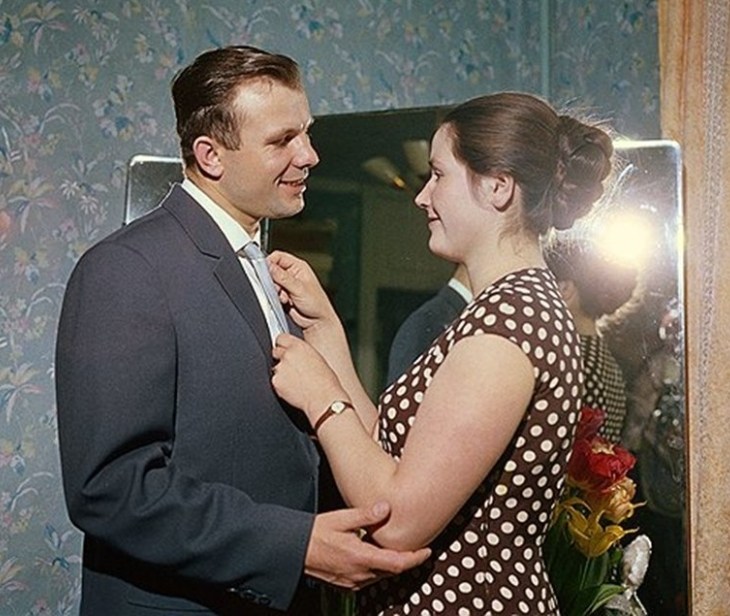
1 of 3
Would-be cosmonauts trained rigorously for missions the nature of which they could only guess at. Yuri Gagarin, the famous first person in space, learned only days beforehand of the flight he was to make. His wife learned at the same time as the rest of the Soviet public—when Gagarin was already in orbit!
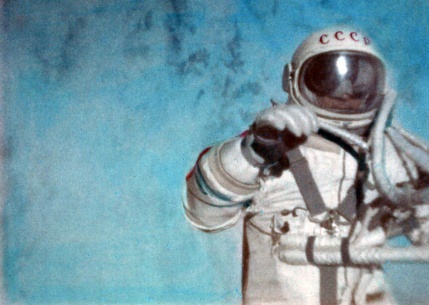
2 of 3
Even when crowing loudly about their greatest achievements, the Soviet authorities remained vague and evasive, fudging on questions such as how or where its cosmonauts had landed, the nature of the technology involved, and so on. The identities of key space personnel were closely guarded secrets—ostensibly to prevent “enemy agents” from getting to them. Not surprisingly, in the West and in Russia, conspiracy theories still plague aspects of the program.

3 of 3
More recent studies have filled in many blanks and corrected earlier errors. They stand in stark contrast to some of the Soviet era hagiographies written about the program—and particularly about its chief architect, Sergei Pavlovich Korolev.
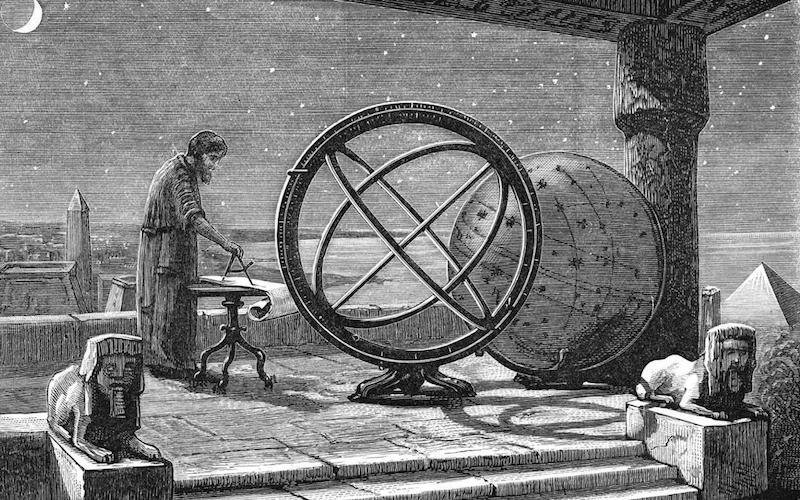
Astronomy in the Ancient Times
Astronomy is a science that studies celestial objects and phenomena. Humanity has studied astronomy since ancient times. Astronomy, as an orderly pursuit of knowledge about the heavenly bodies and the universe, did not begin in one moment at some particular epoch in a single society. Every ancient society had its own concept of the universe (cosmology) and of humanity's relationship to the universe. In most cases, these concepts were...
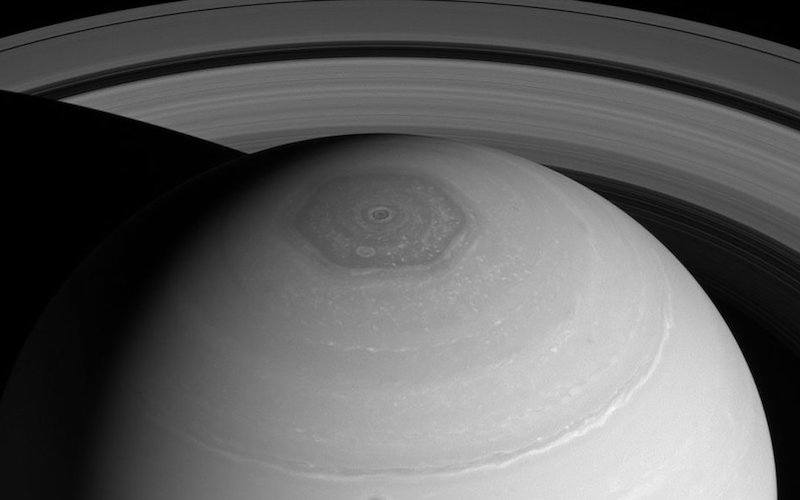
Astronomy in the Modern Times
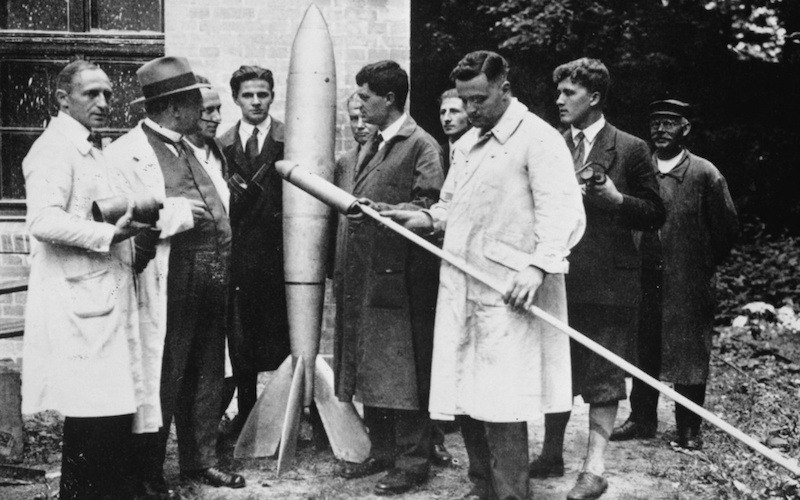
History of Rockets

Space exploration and the Cold War
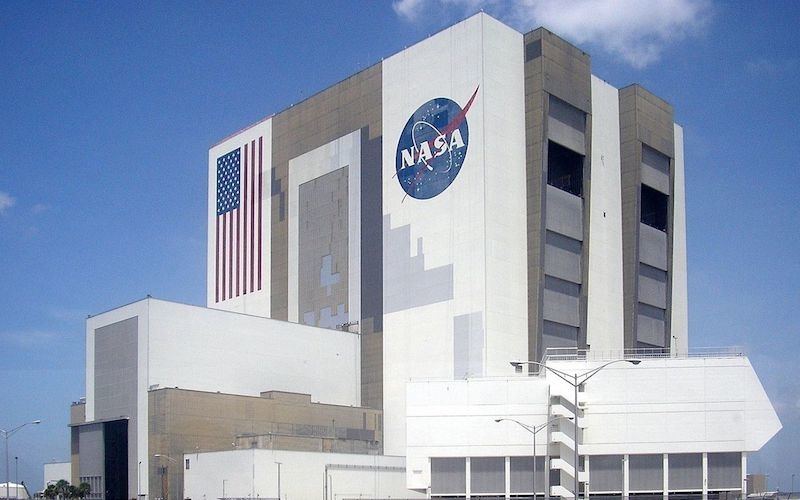
Space Agencies
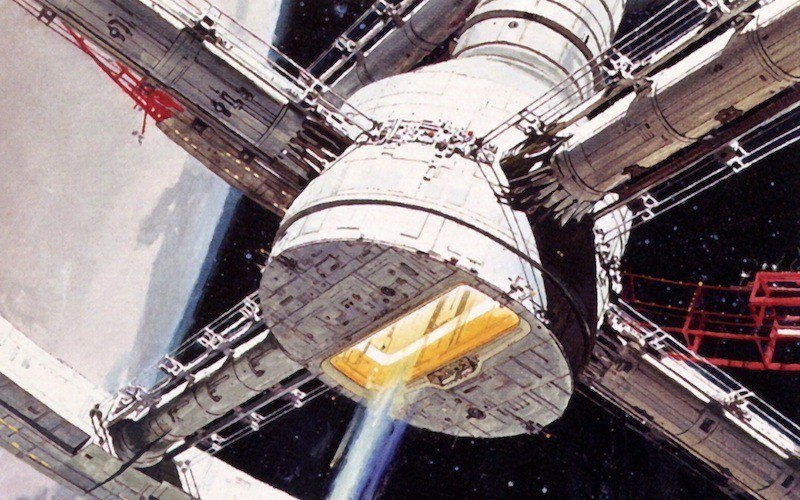
Science fiction and space exploration
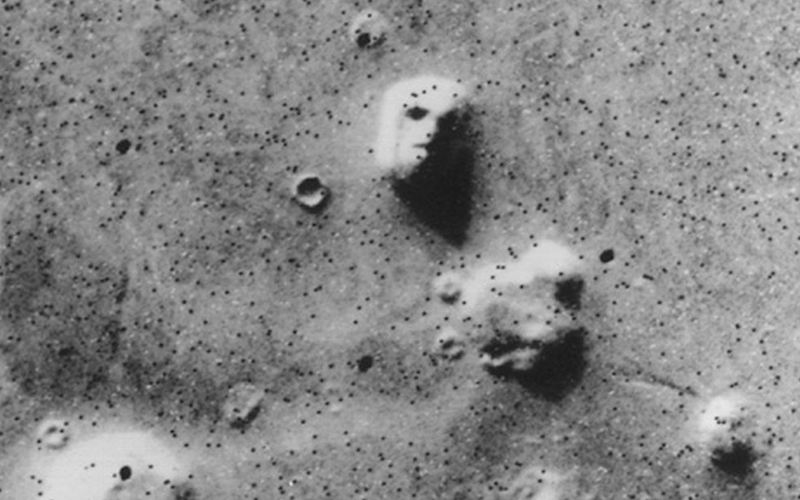
Exploration of Mars
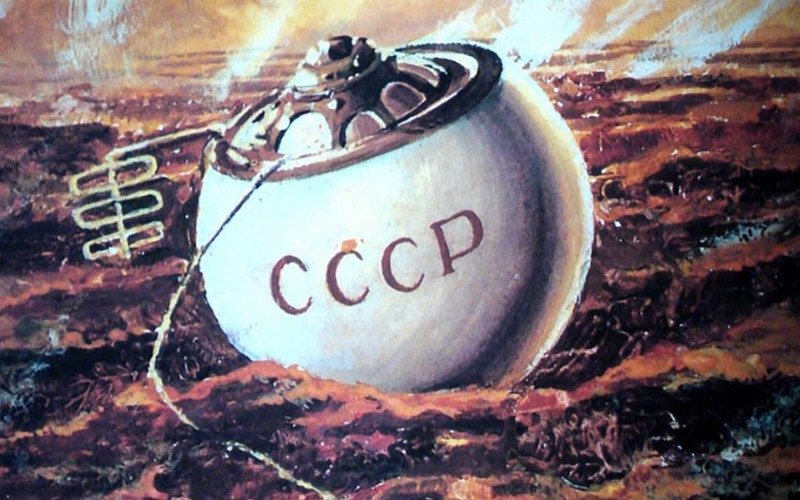
Exploration of the inner solar system
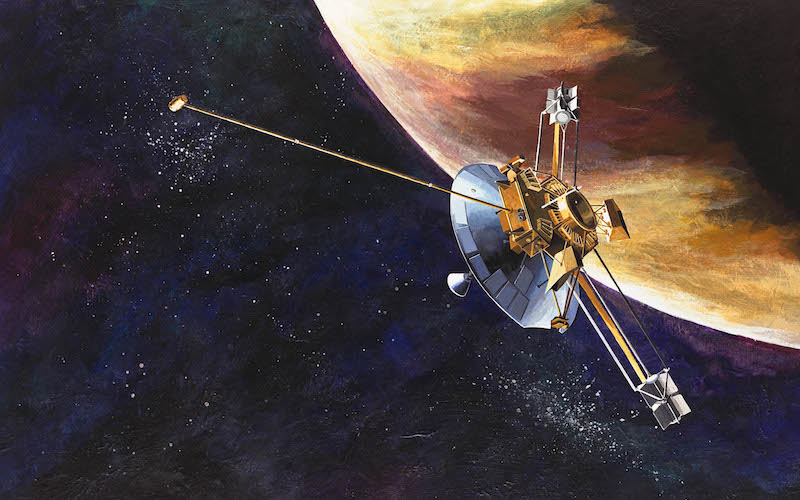
Exploration of the outer solar system

Modern orbital space exploration
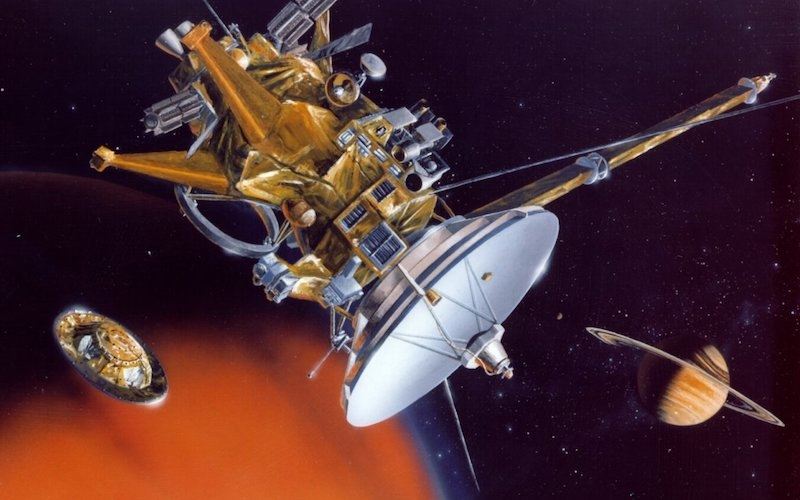
History of Satellites
One of the most dramatic moments of the twentieth century occurred on October 4, 1957. The Soviet Union sent a small shiny sphere with four long antennas into space. They called it Sputnik I. Sputnik is a Russian word that means “traveling companion.” The satellite traveled so fast that its ballistic flight continued all the way around Earth.
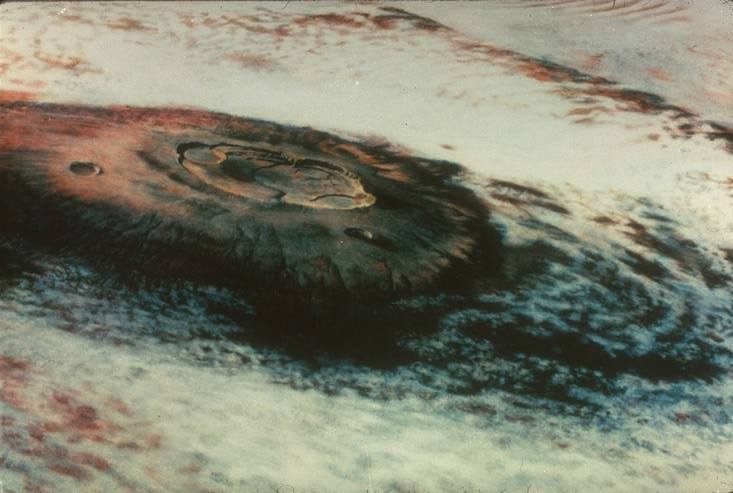
The Future of Space Exploration
While the current lunar exploration initiative has been justified as a “stepping stone” toward Mars, human missions to Mars represent a major step up in complexity, scale, and rigour compared to lunar missions.
- Brian Bonhomme, Russian exploration, from Siberia to space: A history, McFarland & Company, Inc., Publisher, Jefferson, North Carolina, 2012
- Cynthia Phillips, Shana Priwer, Space exploration for dummies, Wiley Publishing, Inc., Indianapolis, Indiana, 2009
- Peter Jedicke, Great moments in space exploration, Infobase Publishing, New York, 2007
- Ron Miller, Space exploration, Space innovations, Twenty-First Century Books, Minneapolis, Minnesota, 2008
- David Whitehouse, One small step: The inside story of space exploration, Random House Publisher Services, New York, 2009





